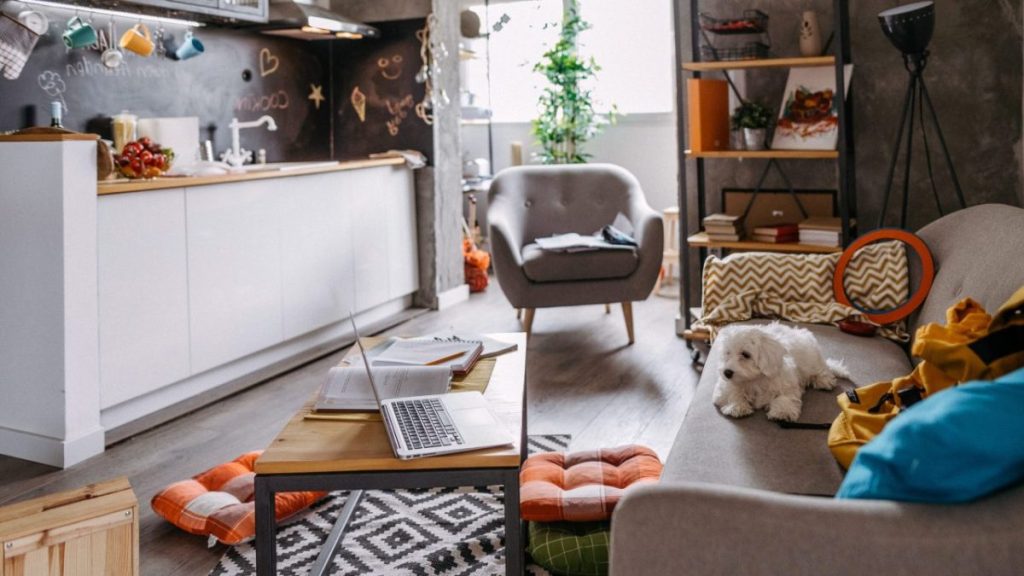Living in an apartment often comes with challenges, including restrictions on space, noise, and sometimes even the size of the pets you’re allowed to have. However, this doesn’t mean you have to miss out on the joy of having a furry friend by your side. While certain breeds thrive better in spacious environments, many dogs are well-suited for apartment living. The key is finding a breed whose size, energy level, and personality match your living situation and lifestyle. From cuddly couch potatoes to small-sized breeds with big personalities, here are some of the best apartment dogs who are sure to fit right into your living space.
What makes certain dog breeds the best dogs for apartment living?

The best apartment dogs typically share certain characteristics that make them perfect for closer quarters and community living. Let’s delve into what makes a breed ideal for renters and apartment dwellers.
Adaptability
Breeds that are highly adaptable can more easily adjust to the unique aspects of apartment living, such as elevator rides, interacting with neighbors and other pets, or the lack of a backyard. These dogs tend to remain calm and composed, making your life and theirs more comfortable amidst the apartment’s hustle and bustle.
Low shedding
Low-maintenance, low-shedding dog breeds minimize the amount of pet hair in your living space, which is especially beneficial in smaller apartments where space is at a premium. This can make your home maintenance easier and reduce allergen levels. The latter is particularly true if you opt for a more hypoallergenic dog breed.
Small breed size
Smaller dog breeds are often the best choice for apartment living due to their minimal space requirements. A compact size means your companion dog can comfortably fit in smaller spaces and feel content in the cozy corners of your home.
Minimal barking
In apartment settings, dogs are often exposed to unfamiliar sounds, which can induce stress or excessive barking. Breeds known for being quiet and less reactive to external stimuli are preferable. A dog who remains calm and quiet will help ensure you and your neighbors stay on good terms, especially if your new place has thin walls.
Low energy levels
Energy levels are critical to consider. High-energy dogs might find apartment living frustrating, leading to destructive behaviors. You’ll want a breed with lower energy demands that can be satisfied with indoor play and short walks. This is especially true if you don’t work remotely from home and are a full-time worker who is gone for much of the day.
Friendliness
For apartment living, breeds that are naturally good with people can make all the difference. Such dogs are better suited to the frequent interactions that come with apartment complexes, including encountering neighbors in hallways or communal areas. All in all, a friendly and sociable dog can enhance your and your neighbors’ living experience.
What are the best apartment dogs?
Keeping the aforementioned factors in mind, here are ten breeds that tick all the boxes for being the best dogs for apartment dwelling.
French Bulldog
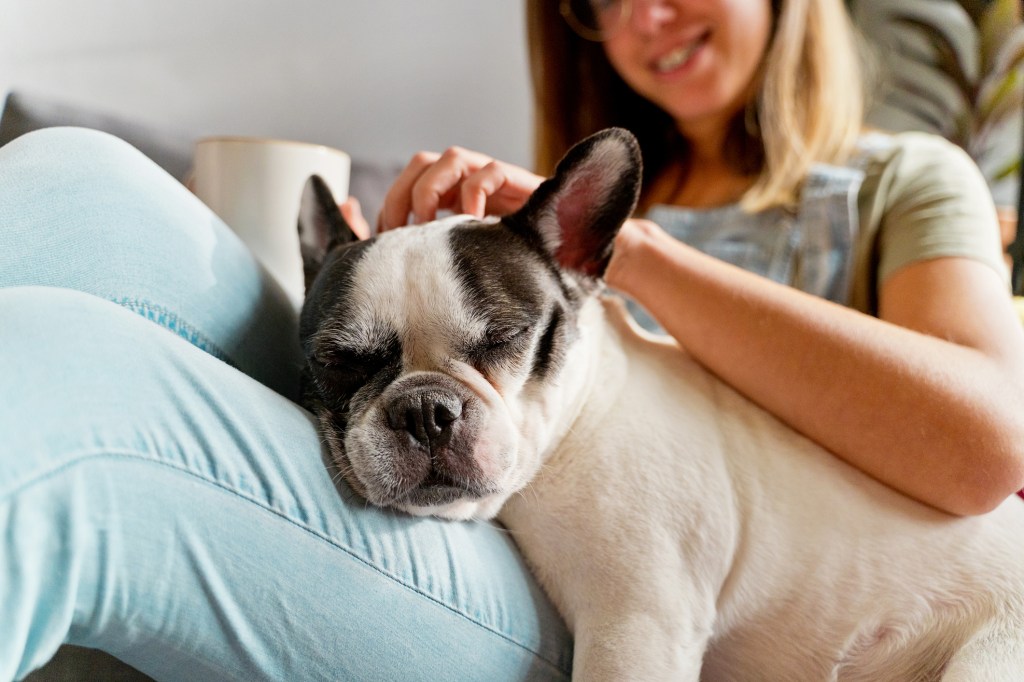
A friendly, affectionate small breed that does well in apartments, French Bulldogs or Frenchies, make great companions. These dogs are known for their laid-back personality and are typically very quiet, rarely barking without good reason. They were historically bred to help keep lace workers warm by sitting on their laps. Luckily for you, they’re just at home on a lap in an apartment!
Cavalier King Charles Spaniel

A favorite lapdog of royalty, the Cavalier King Charles Spaniel does great in small spaces. These companionable pets are perfect for families — always eager to please and play a game or show off some tricks. While they do enjoy a hike or the occasional sporting experience, they also delight in being on the receiving end of a belly rub while relaxing on your living room carpet.
Shih Tzu

Now, you may think the Shih Tzu hails from China. However, they’re actually a breed that originated in Tibet. Considered holy, they often kept monks company during meditation. In the modern day, Shih Tzus are one of the best dogs for apartments, and their easy-going nature makes them perfect for apartment living.
Bichon Frisé
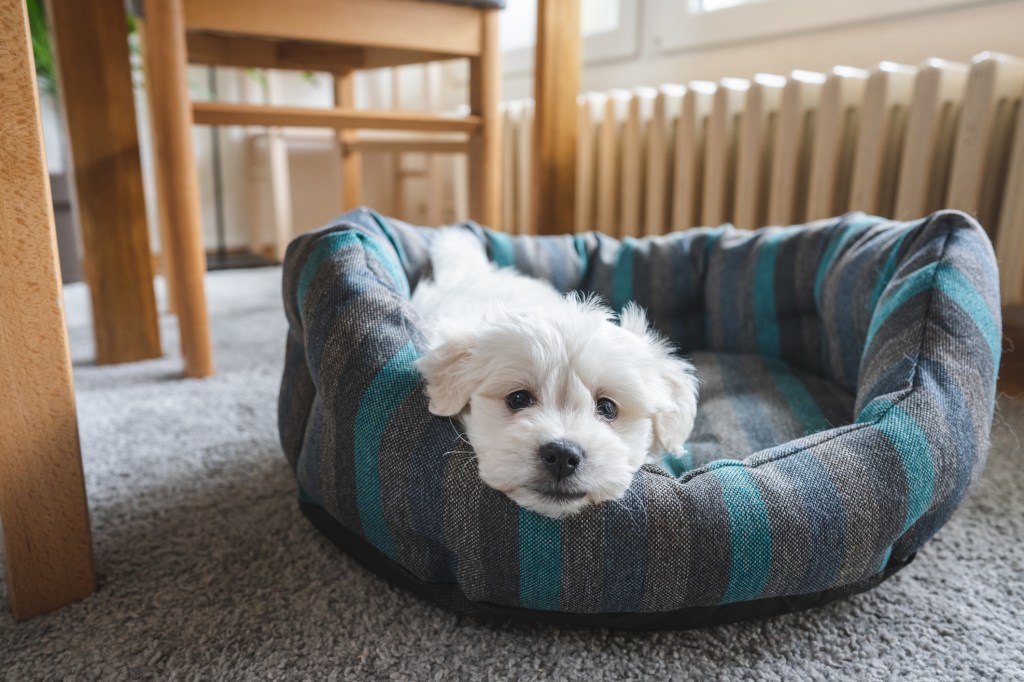
The Bichon Frisé is a small breed known for its friendly demeanor and low-shedding coat, making it a good option for those with allergies. They require regular grooming but are relatively low-energy and very adaptable to living in smaller spaces. Plus, they’re typically quiet, which is always a bonus in apartment settings.
Pomeranian
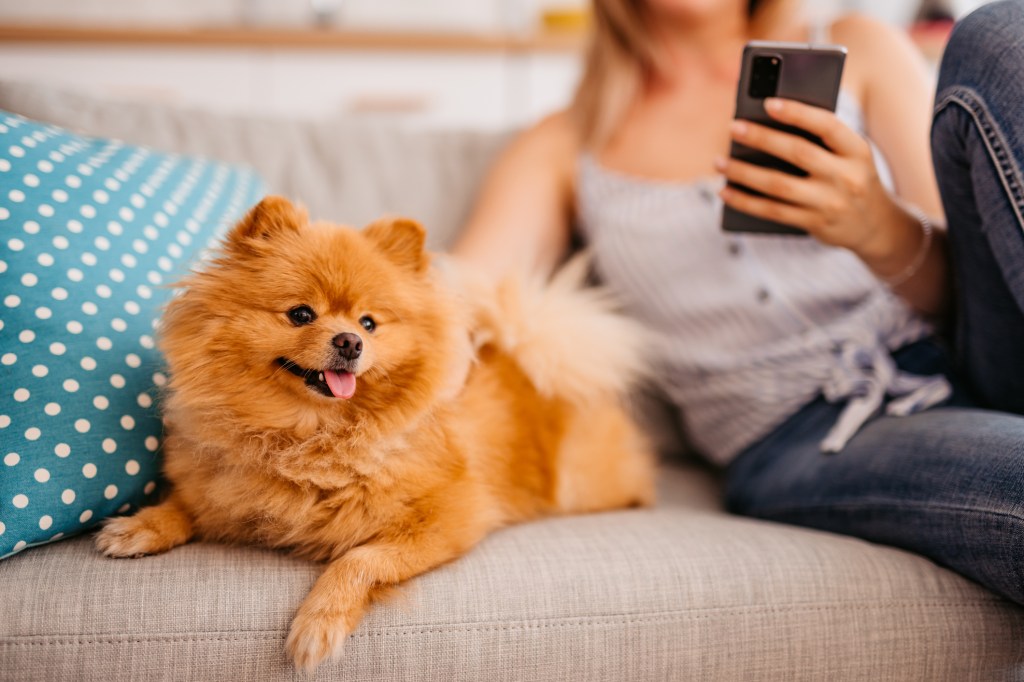
If a smart breed is what you’re looking for, the Pomeranian is perfect! These intelligent small dogs adapt well to apartment life. Notwithstanding, they do need a little extra exercise compared to some other breeds. Pomeranians also make great service dogs — including those who can be trained for seizure detection — for people who need extra assistance but can’t have a larger breed.
Yorkshire Terrier

An iconic breed of city life and apartment living, Yorkshire Terriers have earned the reputation for a reason. They are small, friendly, and energetic dogs who love to please their owners. That said, Yorkies do have a bit of a bark, but with proper training, they can learn to curb this habit.
Boston Terrier
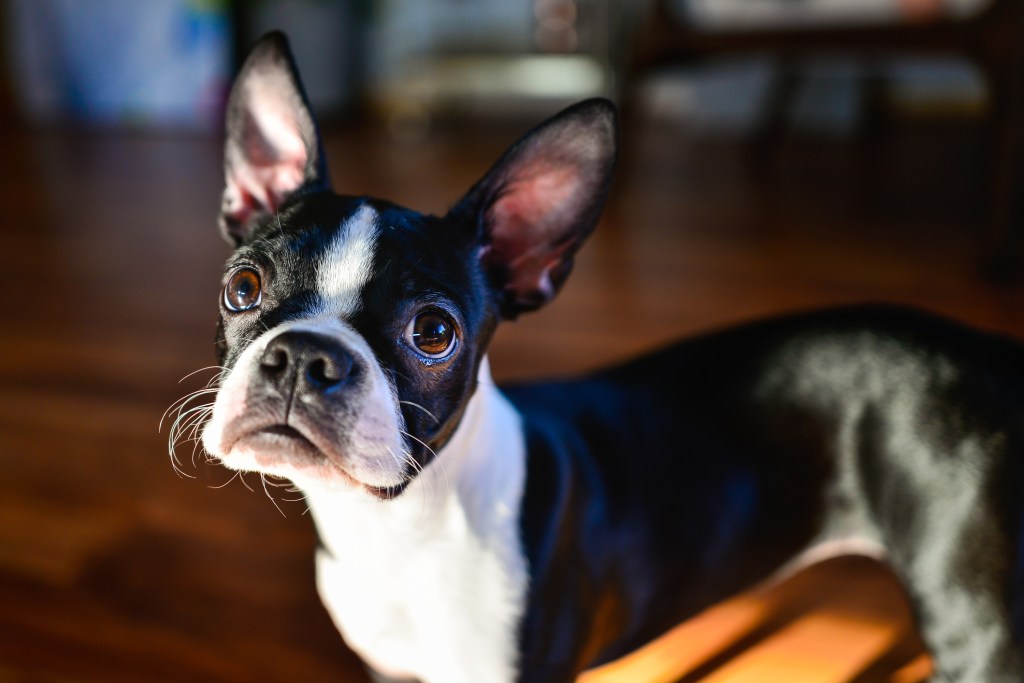
Boston Terriers are a breed that calls America home. Bred to create a smaller version of a dog similar to the Bull Terrier, they quickly rose in the ranks as a popular small breed. Boston Terriers are smart, gentle, friendly dogs who do well with families in any situation, including those residing in apartments.
Maltese

The Maltese is a quintessential lap dog, known for their silky, hypoallergenic coat and gentle personality. These dogs are content with indoor activities and short walks. They are vigilant without being overly yappy, which is ideal for keeping peace in close quarters.
Pug

Pugs are known for their comedic personality and love of human companionship. They thrive in environments where they can be close to their owners, thus making apartments ideal. While they do require regular exercise to manage their weight, they tire out relatively quickly and are happy to lounge for the rest of the day.
Greyhound
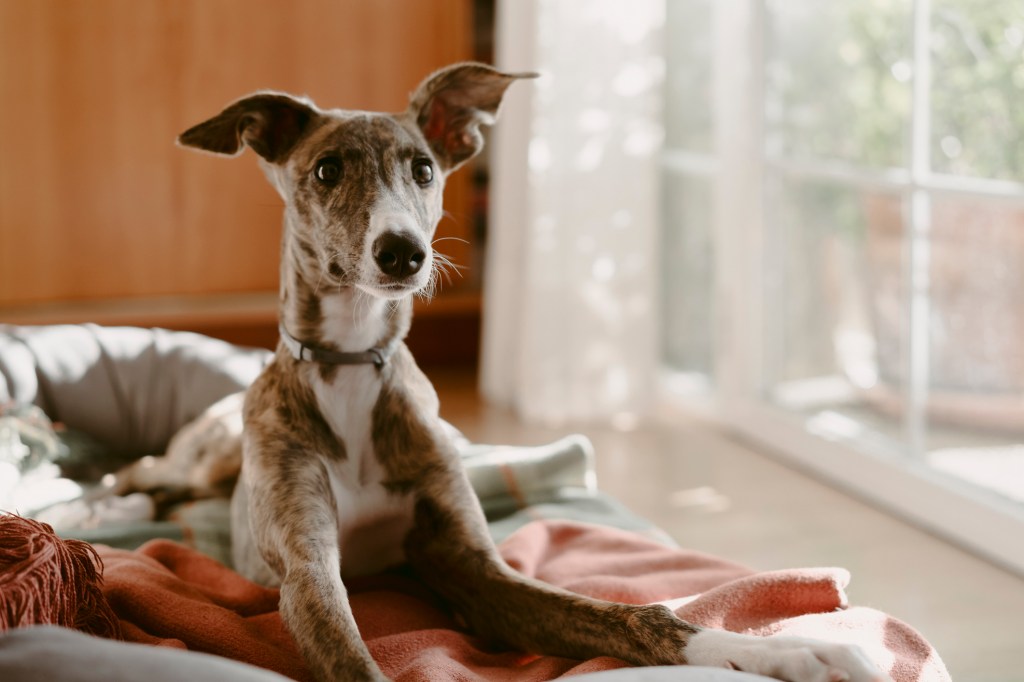
Though larger than other breeds on this list, Greyhounds are incredibly graceful and calm indoor dogs. As a matter of fact, they are affectionately known as “45-mile-per-hour couch potatoes” because they love lounging as much as they love running. A daily walk or a short sprint is usually sufficient to meet their exercise needs. Additionally, their short coat is easy to maintain, and they’re generally quiet, making them a surprisingly apartment-friendly dog breed.
How to find a dog-friendly apartment to rent?

Finding a dog-friendly apartment requires patience, research, and a bit of strategy. As a dog parent, it’s crucial to find a home that not only welcomes your canine companion but also suits your lifestyle and budget. Here are some tips to help you navigate this search.
Start your apartment search early
Dog-friendly places tend to fill up quickly, especially in competitive rental markets. Starting your search early means you have the time to sift through various options, visit multiple properties, and ensure the place suits both your and your dog’s needs. Patience and diligence during this phase can pay off in the long run.
Utilize online rental platforms
Leverage technology to simplify your search. Many rental platforms offer filters specifically for pet-friendly listings. Use these tools to your advantage by selecting the “pets allowed” option to narrow down your search. Websites like Zillow and Apartment Finder allow you to tailor your search parameters, saving you time by filtering out unsuitable options.
Network with fellow dog parents
Reach out to other dog owners in the area or in your network for recommendations on dog-friendly apartments. They can offer invaluable advice and insights from their own experiences that you might not find elsewhere. This networking can also lead to discovering hidden gems that weren’t on your radar.
Check for breed-specific legislation
Be aware of breed-specific legislation (BSL) in the area you’re considering. Certain breeds, often larger dogs or those unfairly labeled as “aggressive,” may be banned from living in specific buildings or neighborhoods due to local laws in both the United States and the United Kingdom. This can severely limit your options. It’s essential to research and understand these regulations before setting your heart on a particular location.
Prepare a pet resume
Compiling a pet resume might sound unusual, but it can significantly improve your chances. Include your dog’s breed, size, age, temperament, health information — including spay/neuter status and vaccinations — and references from previous landlords or neighbors. This demonstrates responsibility and reassurance to potential landlords that your pet is well-behaved and unlikely to cause problems.
Be ready to pay additional fees when you rent
Most pet-friendly apartments come with extra costs, such as pet insurance, non-refundable pet fees, or monthly pet rent. Budget for these additional expenses in advance. Being upfront and prepared to pay these fees can make you a more attractive applicant to landlords and show that you’re serious about finding a home for both you and your pet.
An exception to this, of course, is an Emotional Support Animal (ESA). ESAs have certain protections under the Fair Housing Act, which must be honored by landlords and leasing companies. That said, most rental companies will require you to provide an ESA letter or documentation attesting to the medical or therapeutic necessity of the dog. Under federal laws and guidelines issued by the Department of Housing and Urban Development (HUD), landlords cannot charge fees or rent for service and assistance animals. Moreover, in accordance with the Americans With Disabilities Act (ADA), service dogs have even more rights and legal protections than other assistance animals.
Read the fine print of any lease’s pet policy
Before signing a lease, thoroughly read through the pet policy section. Understand what is expected of you and your dog, including rules about noise or quiet hours, leash requirements, and areas where your dog is allowed or not allowed. Being well-informed will help prevent any surprises or conflicts in the future.
Finding the best apartment dogs
Ultimately, the key to a happy life with your furry friend in a smaller space is choosing the best apartment-friendly dog who matches your energy levels and space constraints. It’s also important to remember that every dog is an individual with their own personality, quirks, and requirements. It’s always best to spend time together before and after adopting a dog to make sure all of their needs are met, including exercise, mental stimulation, and training — regardless of the breed.
